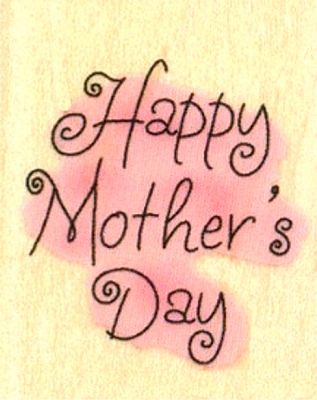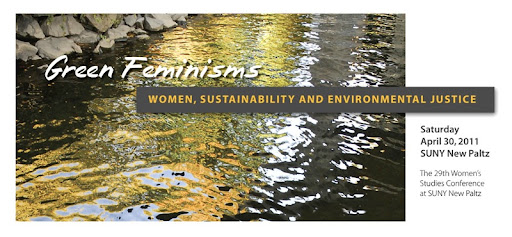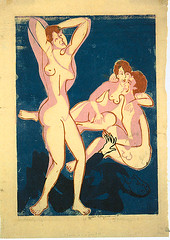I loved doing dot-to-dots as a child. There was something grand about linking all the tiny dots together to reveal a bigger picture. As an adult, I still love dot-to-dot, but now I attempt to link various “dots” into larger pictures that reveal cultural trends and ideologies.
This week, a number of “dots” sat scattered across my computer screen, in the form of various posts and podcasts, waiting for me to have time to more thoroughly connect them – the wonderful “Letter to Bella” post from Ms. Blog, Are Boys Natural Born Killers?, a podcast about war and gender, the “Born to Breed” interview with author Vyckie Garrison, news about JC Penney’s t-shirt “Too pretty to do homework, so my brother has to do it for me” t-shirt, and, as I am about to head off to Forks, Washington to speak at Stephenie Meyer Day, a number of Twilight related posts.
When the metaphorical dots between all these pieces are connected, the picture I am left with is one of a world that has definitely not gone “beyond pink and blue” (to borrow the title of another Girl with Pen column).
As Melissa Wardy points out in one “dot”, her post to the young Bella, “grown ups try to fit kids into little boxes that are labeled ‘Boy’ or ‘Girl’, and then they only let certain colors or ideas into each box.” As Wardy further points out, four year olds are sadly more likely to “know that girls can like or do anything boys can” than their grown up counterparts.
This claim was confirmed by heated comments in my War Literature class last evening. I had students listen to one of the dots coloring my desktop, the podcast Are Boys Natural Born Killers?, which includes Professor Joshua Goldstein, author of War and Gender, talking about the fact that boys are not “natural warriors” and that the only biological claim that seems to hold up this widely held cultural view is their propensity for more upper body strength. Though the entire podcast emphasized that gender is constructed and downplayed biological essentialism, the one comment made by Goldstein about upper body strength was latched onto. One student, for example, insisted men are built to fight whereas women are not. In this “Me Strong, You Weak” debate, I found myself thinking back to yet another dot, to the “Born to Breed” piece I had read earlier in the week.
In the piece, Vyckie Garrison, a former member of the Quiverfull movement, talks about the growing religious movement and its grounding in the belief that “the husband is the head of the household and the wife is the submissive ‘helpmeet.’” As Garrison documents, “A Quiverfull daughter is taught from a young age that her purpose in life is to serve the man whom God has placed in authority over her,” as well as to have as many children as possible. As such, “Her education is geared toward developing domestic skills–college is generally considered unnecessary and even dangerous for her spiritual well-being.”
And this brings me to Twilight, that oh-so-popular saga that has the heroine Bella (who shares no resemblance to the blue-shoe-wearing four year old feminist Bella above), giving up college to marry Edward and bear his vampire/human baby.
As I argued in my piece Wed, Bed and Bruised but Certainly Not Equal, the romanticization of sexual violence that texts like Twilight entail is part and parcel of the continuing inequality of our society. But, as lamented in “In Defense of Twilight,” this type of criticism is, like, a major bummer. The author writes: “Have you noticed Twilight gets attacked a lot? It gets attacked by men & feminists all the time & also by other fandoms. The latest thing I’ve heard is how Twilight romanticizes “domestic violence” & supports “inequality.” What a downer!” What a downer indeed. Far better to take the view enthusiastically supported by the author of the post that “It’s a love story and nothing more.”
Supportive of this enthusiastic love of love is the tendency to frame females and males as entirely opposite species, as in the post “Julia Jones Calls ‘Twilight’ Wolf Pack a Boys’ Club.” Author Brooke Tarnoff starts her gender essentialist piece with the following: “You might think you understand the plight of a woman in traditionally male-dominated fields — but none of them have anything on Julia Jones.” Suggesting that being an actress playing the lone female werewolf in an otherwise all male pack is far more heinous, say, than being the only female soldier in your regiment or than a lifetime of butting your head against the glass ceiling, Tarnoff’s piece not only brushes off male domination as something to joke about, but is also grounded in the “opposites attract” type of mentality that keeps heterosexism firmly in place.
The actress Jones, discussing her time working with the “ wolf boys club” notes “I kind of got to a place where I felt like I… know how to think like a guy,” which, Tarnoff suggests, entails learning “how gross they really are.” While admittedly this is a light piece joking about having to deal with “male talk” when one is the only female on the job, it nevertheless reflects a deeper issue – the still widely held belief that men and women naturally think, talk, and act differently – a belief that belies the social construction of gender and acts as if other markers of difference – race, class, sexuality, and so on, don’t matter.
This belief is echoed in the last weekly news story in my dot-to-dot puzzle – the JC Penny t-shirt that reads “Too pretty to do homework, so my brother has to do it for me.”
Like four-year-old Bella who is told blue shoes are not for her, like the Quiverfull movement that claims men are meant to lead and women to breed, like the male student that suggested women are weak, like the Twilight texts and the surrounding fan culture that tends to frame males as “wolfish boys” and females as selfless romantics, this t-shirt echoes our continuing entrenchment in the gender binary.
Strung together, all these dots show one big, ugly patriarchal picture.
Thankfully, some of the dots – for example, the stories about the feminist actions that resulted in the JC Penney shirt being pulled, muddle this patriarchal image, making it less stable.
Let’s hope we can keep connecting the dots in order to show how everything from the gendering of children to the upswing in religious fundamentalism is colored by the sexism of our culture. Further, let’s not forget how important it is to forge our own dots — our own points of connection — so as to create a new, more inclusive societal picture for the benefit of us all.


 Just in time for Mother’s Day, Save the Children has published its twelfth annual
Just in time for Mother’s Day, Save the Children has published its twelfth annual  The
The  This interview originally appeared in the
This interview originally appeared in the 